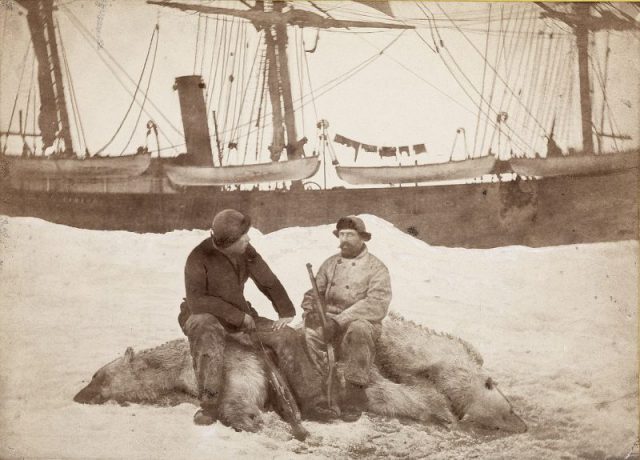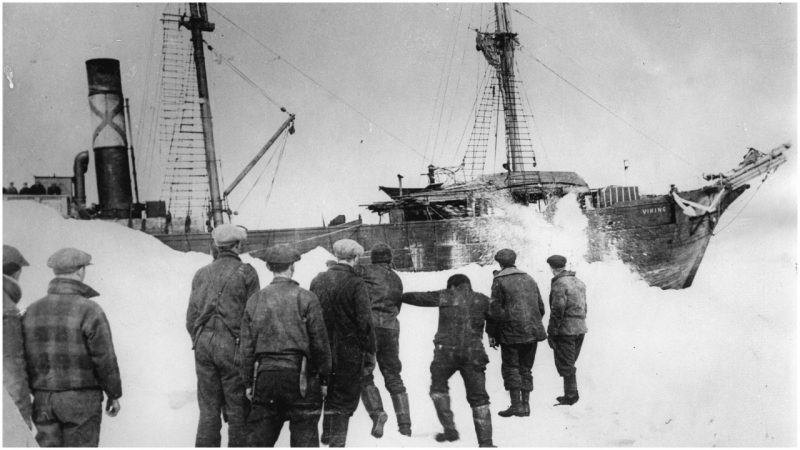Sometimes movie sets can be dangerous places. For example, during the filming of James Cameron’s 1998 movie Titanic, actress Kate Winslet almost drowned and a number of stuntmen ended up in the hospital for broken ribs, fractured cheekbones, and other injuries. When The Expendables 2 was being filmed in 2011, one stuntman died and another was injured in an accident on set. When the filming was finished, Sylvester Stallone and Arnold Schwarzenegger both had to undergo shoulder surgery. Also, during the filming of Twilight Zone: The Movie in 1981, three actors, including Vic Morrow, died in a helicopter crash.
However, these sorts of accidents during filming are isolated incidents today. Things were different in the early days of Hollywood when movie sets were far more hazardous. At that time, since film was a promising new medium that offered countless possibilities, filmmaking techniques were purely experimental and directors often exposed their casts and crews to conditions that were harsh and extreme. This frequently resulted in accidents, and some of them were devastating.
The deadliest on-set accident in the history of cinema occurred in 1931, during the filming of The Viking, which was released in June of that year. The movie, which was celebrated for being the first movie ever to feature sound and dialogue recorded on location, depicts a graphic story of dramatic events taking place during a seal-hunting expedition along the coast of Newfoundland in Canada. In order to accurately portray the hardships of seal hunting and to film action scenes on ice floes, director Varick Frissell and his crew boarded actual sealing ships and filmed scenes near Grand Banks and Labrador.
When the filming was finished, Frissell organized a private screening of The Viking for his friends and crew. After the screening, he was quite satisfied with the movie but he decided that it didn’t contain enough quality shots of Canadian icy wastelands, so he and a number of his crew members boarded the SS Viking in early March of 1931 and accompanied the ship’s crew on their annual seal hunt off the coast of Labrador. They filmed ice floes, icebergs, and some gruesome and incredibly violent footage of seal hunting.

On March 13, the ship got trapped in ice near Horse Islands, off the coast of Newfoundland. While waiting for the sealers to free the ship, Frissel and his crew walked around on thick ice and filmed priceless footage of the giant and powerless vessel that was unable to move an inch. Two days later, the sealers realized that their efforts to manually free the ship were pointless because the ice was too thick, so they decided to use explosives to break the immovable ice that surrounded the ship. Twenty-five crates full of dynamite were stored in the ship’s powder room, and the ship’s crew began preparing explosive charges.
Unfortunately for both the sealers and Frissell and his crew, one of the men in charge of preparing the charges accidentally ignited one of them in the powder room. As a result, all 25 crates of dynamite exploded one after the other and completely tore apart the entire rear part of the ship. The gargantuan explosion immediately killed 27 men, including the unlucky director. His body and the body of his beloved Newfoundland dog, Cabot, were never found: their bodies were either completely disintegrated by the detonation or they ended up deep below the eternal ice.
Despite the tragic death of Frissel and several members of his crew, The Viking was officially released a few months after the unfortunate incident. It received mixed reviews. The critics and the audience of the time marveled at the movie’s extraordinary shots of Canadian icy landscapes and the emotionally devastating footage of seal hunting, but the story depicted in the movie was described as unimaginative and flawed. Nevertheless, the movie remains infamous for its catastrophic death toll.
